Possui Bacharelado em Física (1996), Mestrado em Física (1998), Doutorado em Física (2003) e Pós-Doutorado (2003) todos pelo Instituto de Física da Universidade de São Paulo. Atualmente é Professor Adjunto da Universidade Federal do (UFABC), lotado no Centro de Ciências Naturais e Humanas (CCNH) e coordenador do Complexo Laboratorial Nanotecnológico (CLN) vinculado ao Sistema Nacional de Laboratórios em Nanotecnologias (SisNano). Foi o Físico responsável pela Linha de Difração de Raios X em Policristais (D10B-XPD) do Laboratório Nacional de Luz Síncrotron (LNLS) de 2003 a 2009. Tem experiência na área de Física, com ênfase em Estrutura de Líquidos e Sólidos; Cristalografia, e em Propriedades Ópticas e Espectroscópicas da Matéria Condensada, atuando principalmente nos seguintes temas: caracterização estrutural de materiais através do uso da difração de raios X por policristais e do método de Rietveld (insumos farmacêuticos, materiais com expansão térmica negativa, células a combustível de estado sólido, materiais de intercalação, dentre outros), estudo de propriedades estruturais de materiais submetidos a altas pressões. É membro do Subcomitê Técnico de Orgânicos e Fármacos do ICDD (International Centre for Diffraction Data), da International Union of Crystallography, sócio efetivo da Associação Brasileira de Cristalografia, da Sociedade Brasileira de Física e da Sociedade Brasileira de Pesquisa em Materiais. ResearcherID: http://www.researcherid.com/rid/C-8952-2009.






